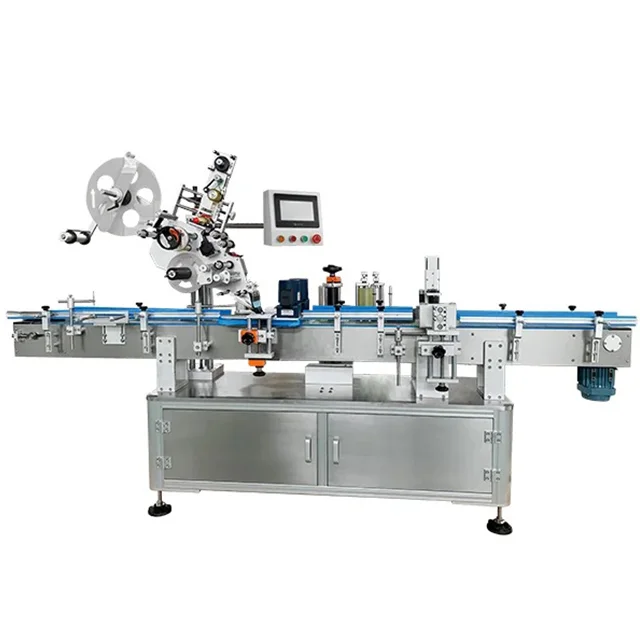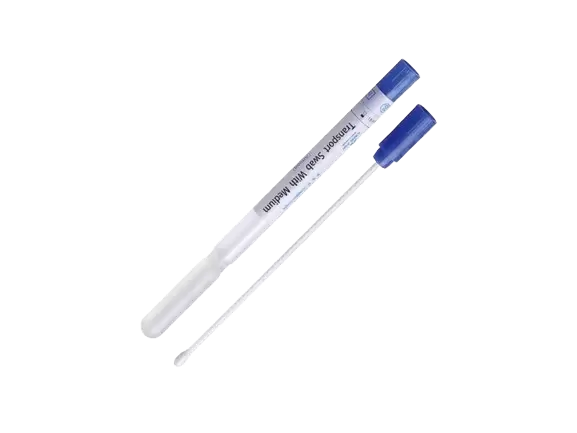In the realm of modern orchard management, the choice of tree training systems plays a pivotal role in optimizing fruit production, enhancing labor efficiency, and maximizing land use. Among the various systems available, the tall spindle and super spindle methods have gained significant traction among growers. While both systems aim to improve yield and facilitate easier management, they differ in design, application, and overall effectiveness. This article delves into the nuances of these two systems, providing a comprehensive understanding of their differences and implications for orchard management.
Understanding the Basics
Before diving into the differences, it is essential to grasp the fundamental characteristics of both the tall spindle and super spindle systems.
Tall Spindle System:
The tall spindle system is characterized by its vertical growth habit, where trees are trained to grow upright with a central leader. This method typically involves planting trees at a higher density, allowing for increased light penetration and air circulation. The tall spindle system usually features trees that reach heights of 8 to 12 feet, with a narrow canopy that facilitates easy access for harvesting and maintenance.
Super Spindle System:
In contrast, the super spindle system takes the concept of vertical growth a step further. Trees in this system are pruned to maintain a height of around 6 to 8 feet, resulting in an even narrower canopy. This system emphasizes extreme density, with trees planted as close as 2 to 3 feet apart. The super spindle method is designed to maximize light interception and fruit production while minimizing the footprint of the orchard.
Key Differences
- Tree Height and Density:
- Tall Spindle: Trees typically reach heights of 8 to 12 feet, allowing for a more traditional orchard appearance. The spacing between trees is generally wider, ranging from 3 to 5 feet.
- Super Spindle: Trees are pruned to remain at a height of 6 to 8 feet, promoting a more compact structure. The spacing is significantly tighter, often as close as 2 to 3 feet, leading to a denser planting arrangement.
- Canopy Management:
- Tall Spindle: The canopy is managed to maintain a balance between light exposure and fruit production. Growers often employ techniques such as summer pruning to enhance light penetration and reduce shading.
- Super Spindle: The super spindle system requires more intensive canopy management due to its extreme density. Growers must be vigilant in pruning to ensure that all parts of the tree receive adequate sunlight, which is crucial for fruit development.
- Yield Potential:
- Tall Spindle: While the tall spindle system can yield substantial fruit, its potential is somewhat limited by the wider spacing and taller tree height. The yield per acre can be impressive, but it may not reach the levels seen in super spindle systems.
- Super Spindle: The super spindle system is designed for maximum yield potential. The tight spacing and lower height allow for a higher number of trees per acre, leading to increased overall production. Growers often report higher early yields with this system, making it an attractive option for commercial orchards.
- Labor Efficiency:
- Tall Spindle: The taller trees in this system may require more labor for pruning and harvesting, as workers need to use ladders or mechanical aids to reach the higher fruit. However, the wider spacing can make it easier to navigate between rows.
- Super Spindle: The lower height of super spindle trees facilitates easier access for harvesting and maintenance, potentially reducing labor costs. However, the dense planting may complicate movement within the orchard, requiring careful planning for equipment use.
- Pest and Disease Management:
- Tall Spindle: The taller canopy can create microclimates that may be more conducive to certain pests and diseases. Growers need to monitor these factors closely and implement integrated pest management strategies accordingly.
- Super Spindle: The open canopy structure of the super spindle system promotes better air circulation, which can help reduce the incidence of fungal diseases. However, the close proximity of trees may lead to rapid disease spread if not managed properly.
Conclusion
In summary, the choice between tall spindle and super spindle systems ultimately depends on the specific goals and conditions of the orchard. While both systems offer unique advantages, understanding their differences is crucial for making informed decisions that align with production objectives. Growers must consider factors such as tree height, density, yield potential, labor efficiency, and pest management when selecting the most suitable training system for their operations.


More Stories
How to Choose the Right Canned Food Labeling Machine for Your Production Line
Kaisen: Leading Cyclone Separator Manufacturer Offers High Efficiency at Affordable Prices
Official Statement Regarding Recent Copyright Infringement